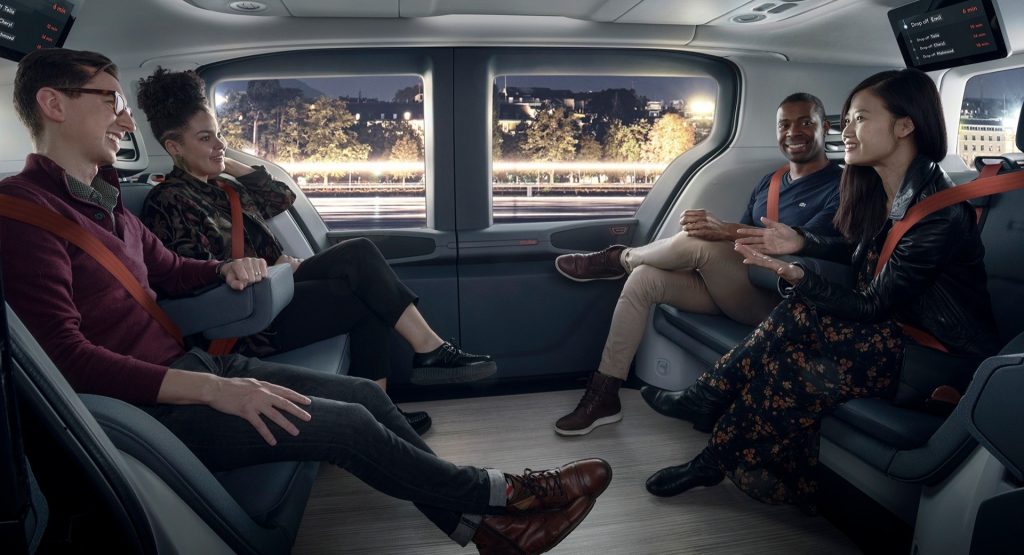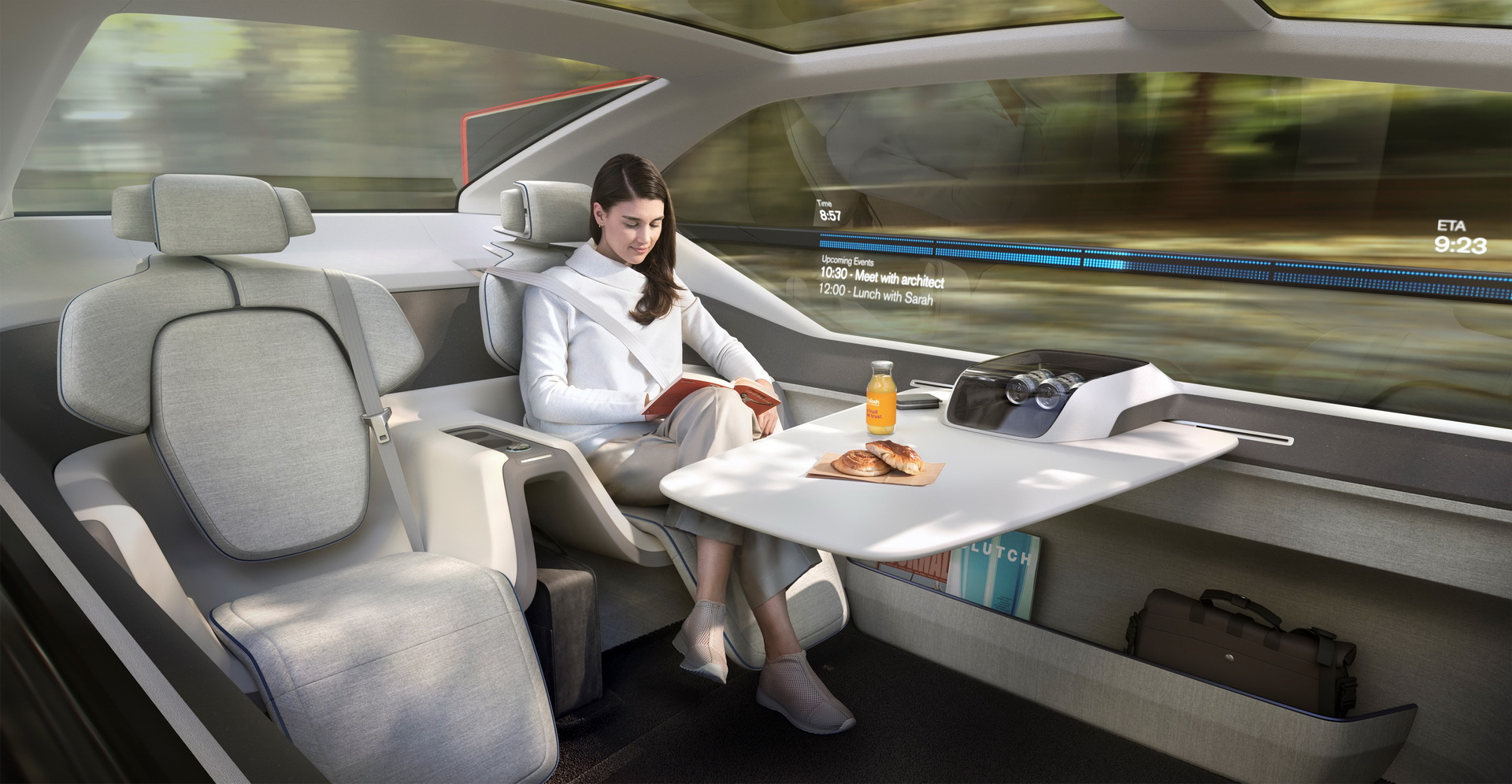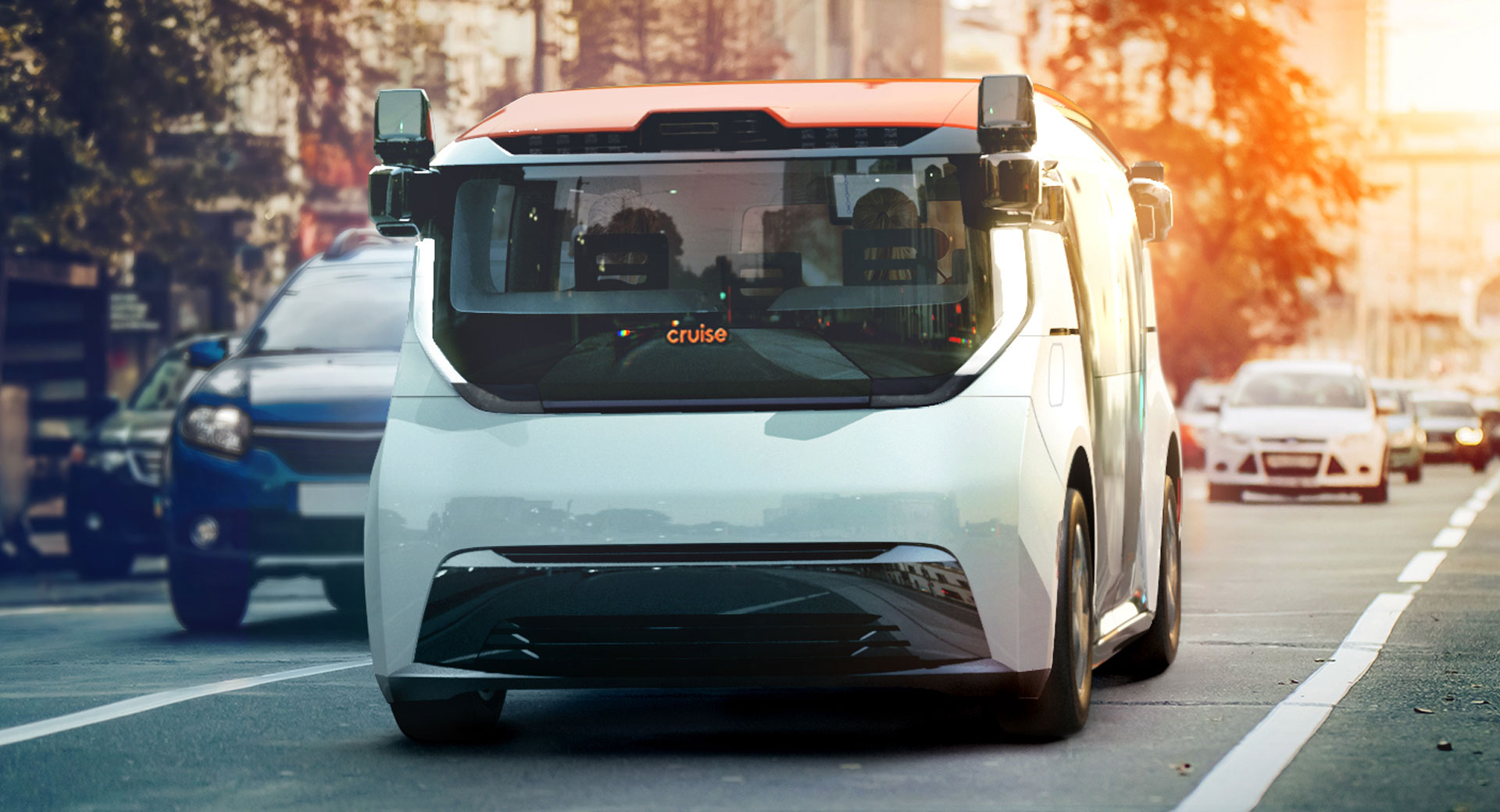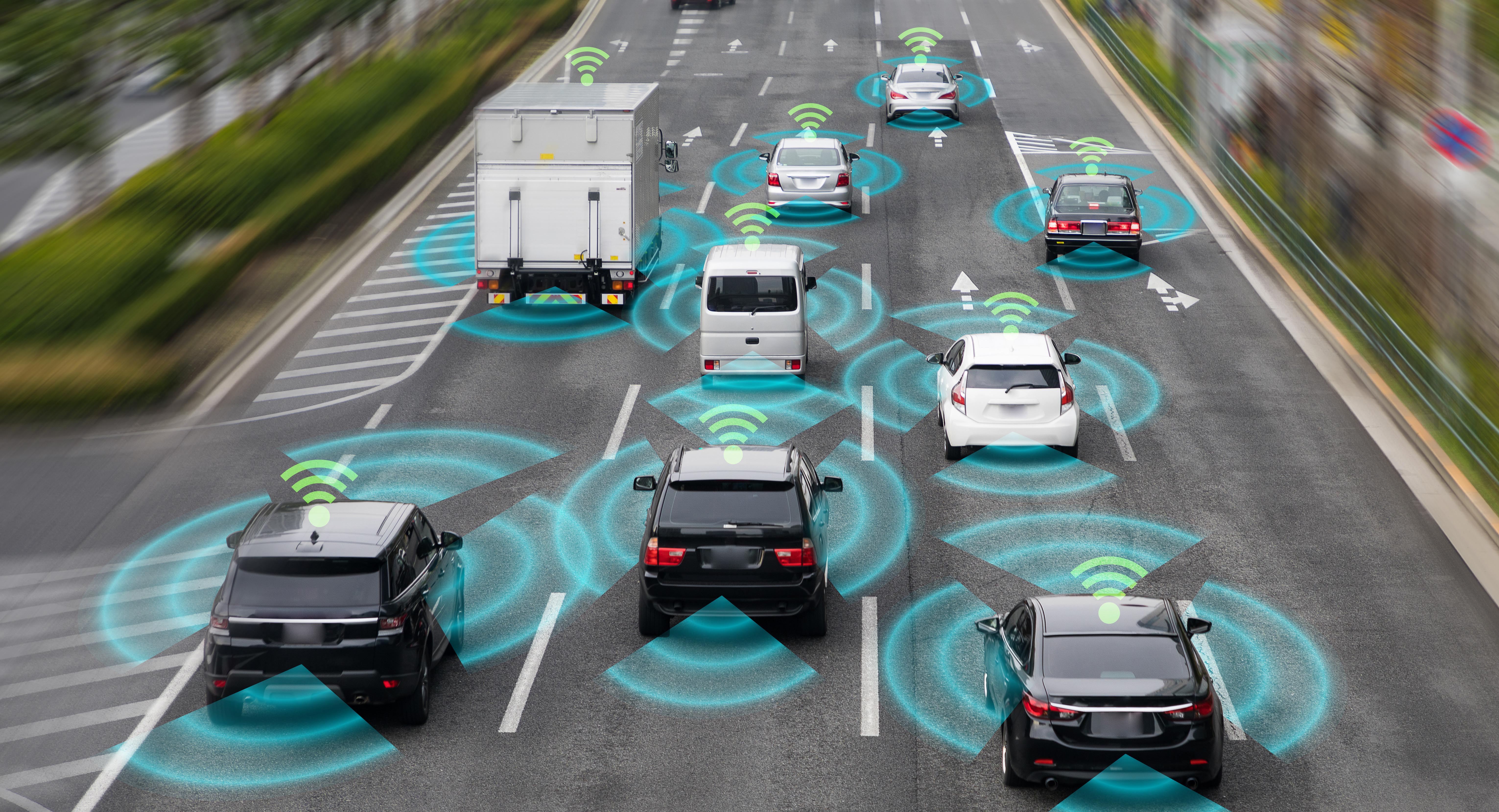Autonomous vehicles in the US are not required anymore to be equipped with manual driving controls such as steering wheels and pedals, as NHTSA is eliminating that rule for its crash standards, following a proposal from March 2020.
According to the old regulations, all vehicles had to “always have a driver’s seat, a steering wheel and accompanying steering column, or just one front outboard passenger seating position” but this part of the rules is now being eliminated in favor of new technology.
Read Also: Mercedes-Benz Plans To Have Level-3 Automated Driving Vehicles On U.S. Roads This Year
This makes it easier for automakers to roll out fully autonomous cars and shuttles with futuristic interiors treating all people as passengers. The only exception in terms of interior configuration is that children should not be allowed to sit in what was formerly known as the driver’s seat, given that this is not designed to protect them in a crash situation. However, as reported by Automotive News, “if a child is in that seat, the car will not immediately be required to cease motion”.
“For vehicles designed to be solely operated by an ADS, manually operated driving controls are logically unnecessary,” NHTSA said. Despite the changes, it will still be required by self-driving vehicles to provide the same levels of safety as conventional manually-driven vehicles, with Steven Cliff, NHTSA Deputy Administrator, adding: “As the driver changes from a person to a machine in ADS-equipped vehicles, the need to keep the humans safe remains the same and must be integrated from the beginning”.
In February, General Motors’ Cruise petitioned National Highway Traffic Safety Administration for permission to build and deploy the Origin, an autonomous shuttle without manual controls.
Following NHTSA’s revision in regulations, Advocates for Highway and Auto Safety issued a statement highlighting their concerns. Cathy Chase, President of the Advocates said: “Streamlining compliance with federal motor vehicle safety standards (FMSVSS) for auto manufacturers should not sacrifice the safety of everyone in and around the cars they’re selling” adding that “at a bare minimum, vehicles with ADS must be required to provide the same levels of occupant protection required in passenger vehicles”.
According to the Advocates, NHTSA’s announcement “does not address the urgent need for minimum performance standards for ADS”. They also describe the information provided by the Automated Vehicle Transparency and Engagement for Safe Testing Initiative as “untrustworthy, underwhelming and unreliable” in terms of the safety and performance of vehicles with ADS. Advocates propose making more ADAS mandatory equipment for every vehicle.







